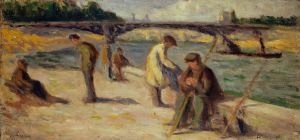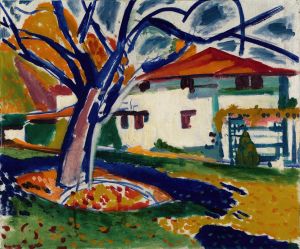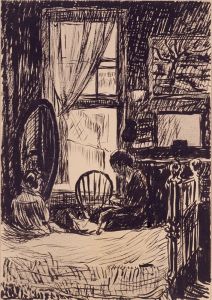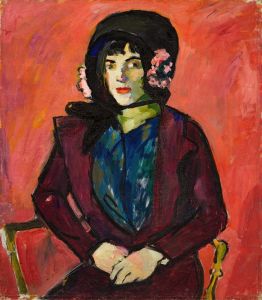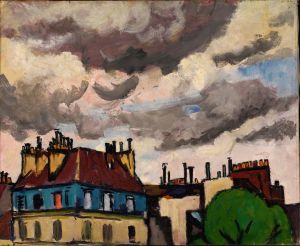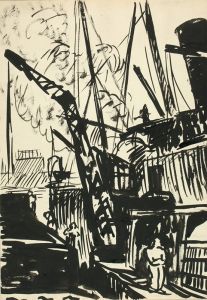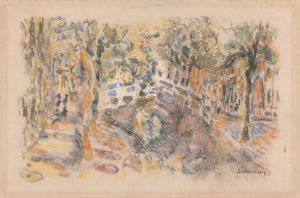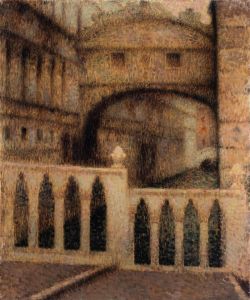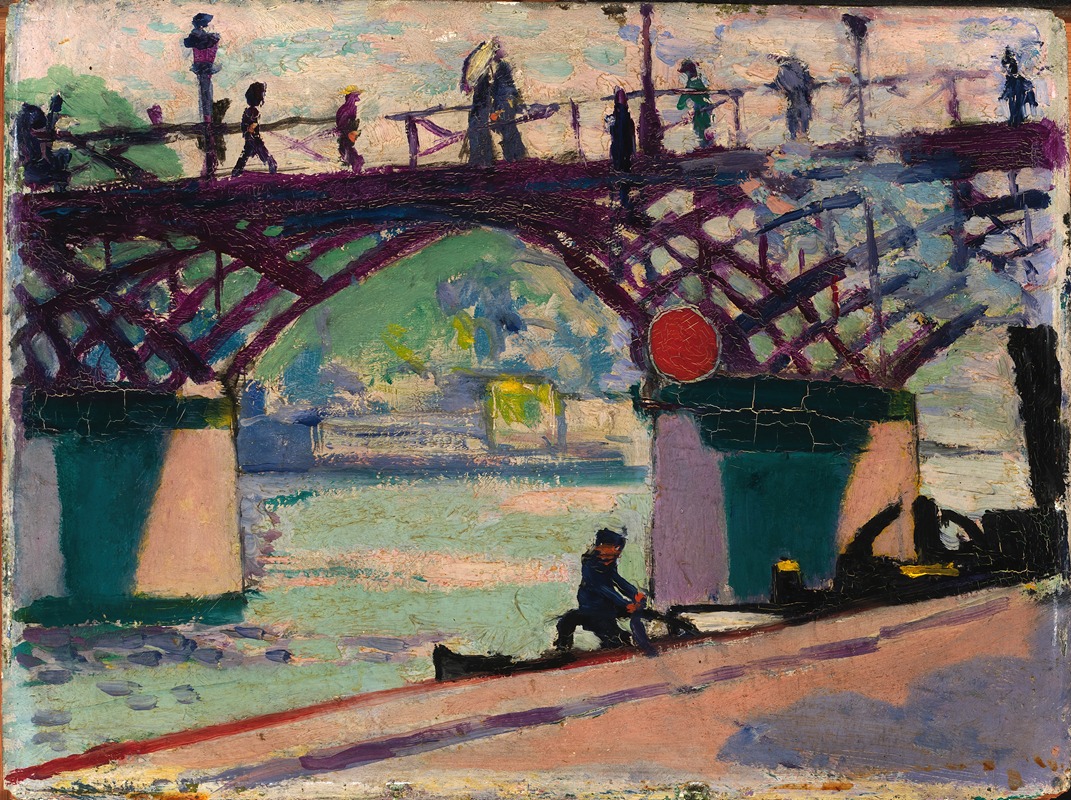
Pont Des Arts
A hand-painted replica of Henry Lyman Saÿen’s masterpiece Pont Des Arts, meticulously crafted by professional artists to capture the true essence of the original. Each piece is created with museum-quality canvas and rare mineral pigments, carefully painted by experienced artists with delicate brushstrokes and rich, layered colors to perfectly recreate the texture of the original artwork. Unlike machine-printed reproductions, this hand-painted version brings the painting to life, infused with the artist’s emotions and skill in every stroke. Whether for personal collection or home decoration, it instantly elevates the artistic atmosphere of any space.
Henry Lyman Saÿen (1875-1918) was an American artist and inventor known for his contributions to both the art world and the field of X-ray technology. One of his notable works is the painting "Pont Des Arts," which captures a scene of the famous pedestrian bridge in Paris, France.
"Pont Des Arts" by Henry Lyman Saÿen is an oil painting that exemplifies the artist's impressionistic style. The Pont des Arts bridge, which spans the River Seine, connects the Institut de France and the central square of the Palais du Louvre. This iconic location has been a source of inspiration for many artists due to its picturesque views and cultural significance.
Saÿen's depiction of the Pont des Arts is characterized by his use of vibrant colors and dynamic brushstrokes, which convey the lively atmosphere of the Parisian setting. The painting captures the essence of the bridge and its surroundings, including the flowing river and the architectural details of the nearby buildings. Saÿen's technique reflects the influence of the Impressionist movement, which emphasized the effects of light and color over precise detail.
Henry Lyman Saÿen was born in Philadelphia, Pennsylvania, and initially trained as an engineer. He later studied art at the Pennsylvania Academy of the Fine Arts and furthered his education in Paris, where he was exposed to the works of leading Impressionist and Post-Impressionist artists. His time in Paris had a profound impact on his artistic development, as evidenced by the style and subject matter of "Pont Des Arts."
In addition to his artistic pursuits, Saÿen made significant contributions to the field of medical technology. He invented the first practical X-ray tube, which was a crucial advancement in the early days of radiology. His work in this area earned him recognition and respect in both the scientific and medical communities.
Despite his promising career, Saÿen's life was cut short when he died in 1918 at the age of 43. His legacy, however, lives on through his contributions to art and science. "Pont Des Arts" remains a testament to his talent and his ability to capture the beauty of everyday scenes with a unique and vibrant perspective.
Today, Saÿen's works are appreciated for their historical and artistic value. "Pont Des Arts" is a fine example of his ability to blend technical skill with artistic expression, creating a piece that continues to resonate with viewers. The painting not only showcases the beauty of the Pont des Arts bridge but also reflects the broader cultural and artistic movements of the time.
Henry Lyman Saÿen's "Pont Des Arts" is a significant work that highlights the intersection of art and technology in the early 20th century. It serves as a reminder of the artist's dual legacy as both a painter and an inventor, and it continues to be celebrated for its contribution to the rich tapestry of American and European art history.







